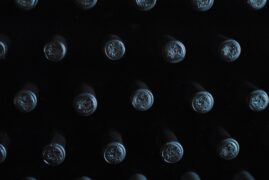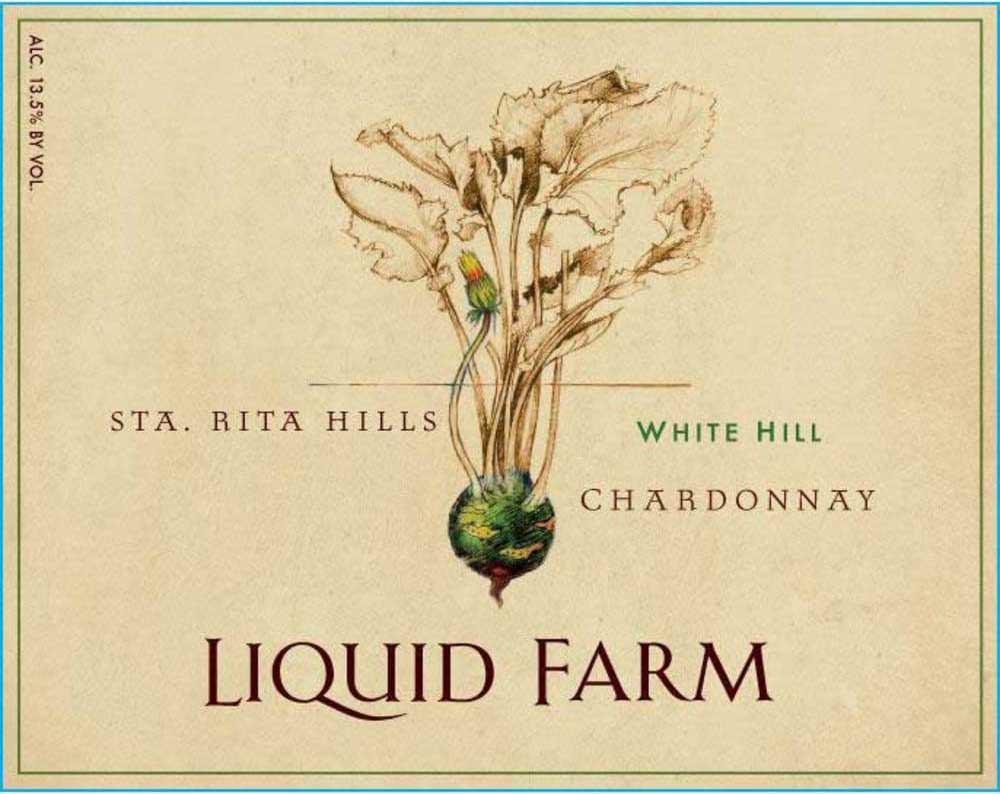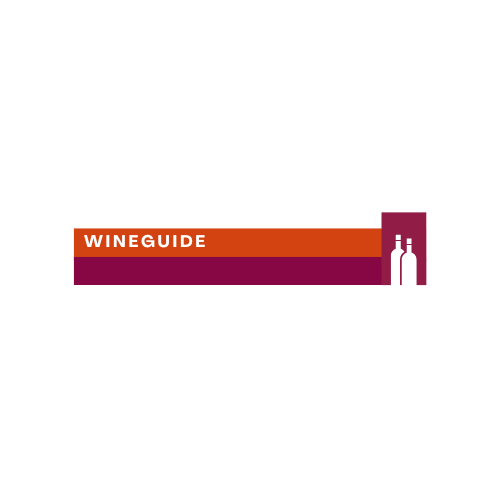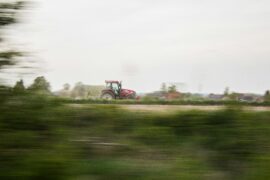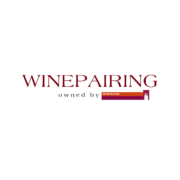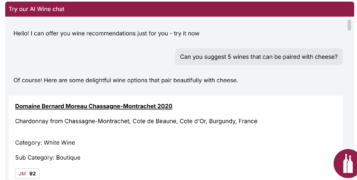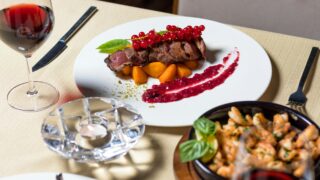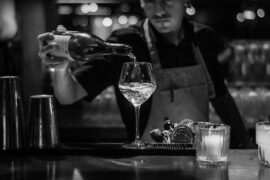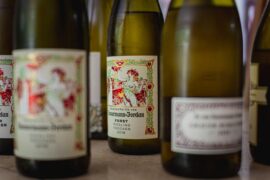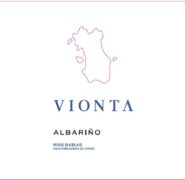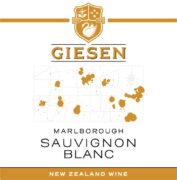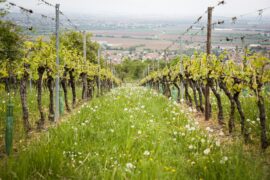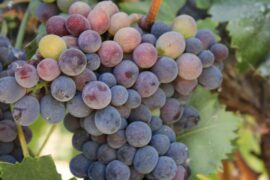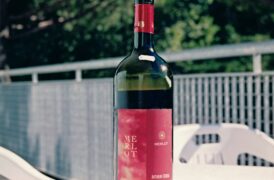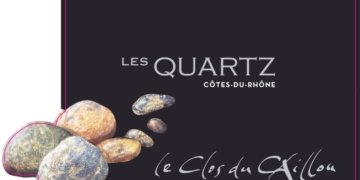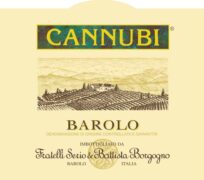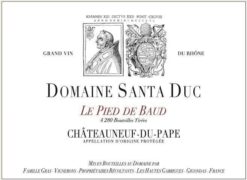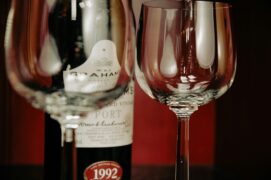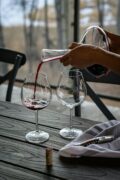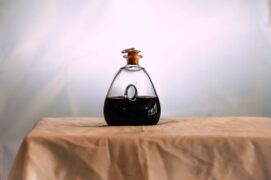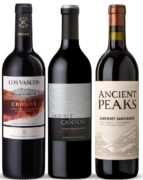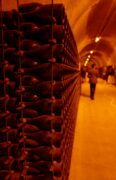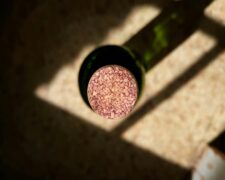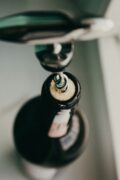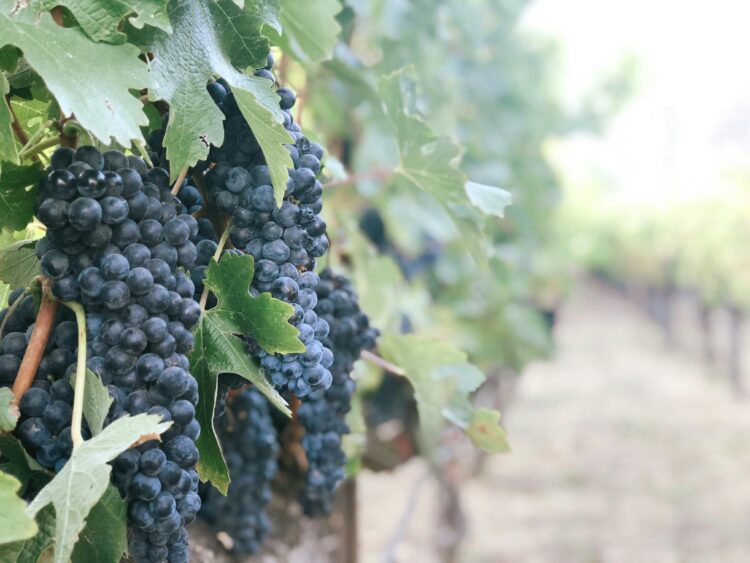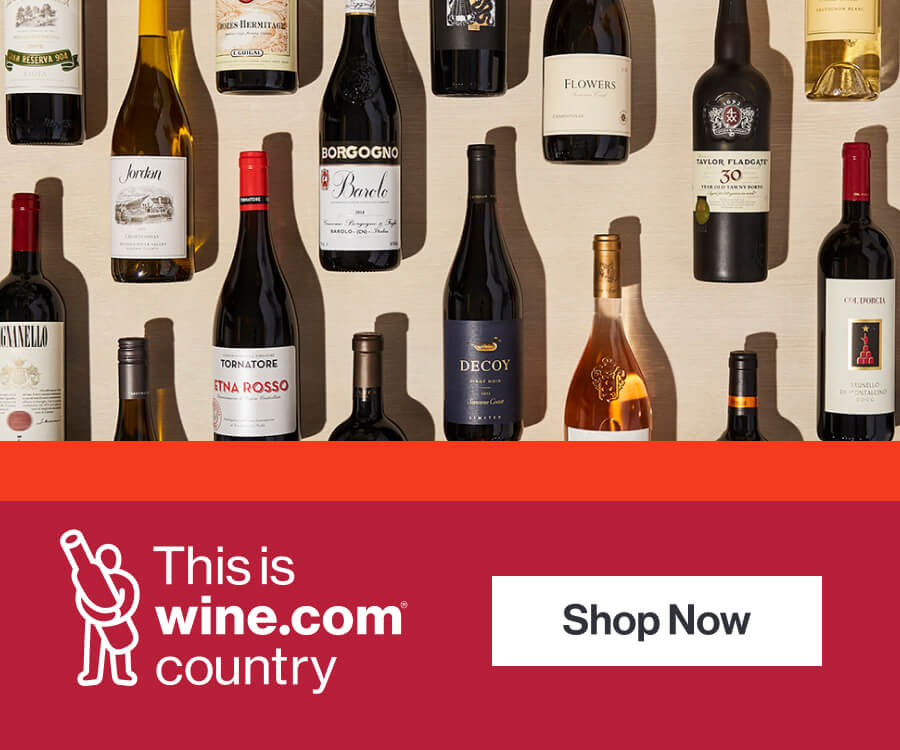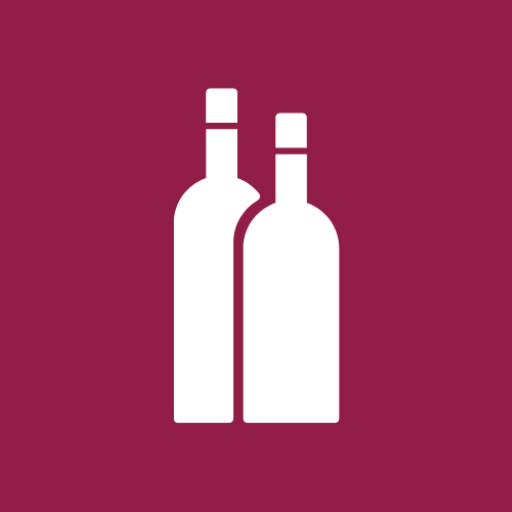The concept of yield in viticulture—how much fruit a vine produces—has long been linked to wine quality. Traditionally, lower yields have been thought to result in superior wine. However, recent research and modern viticulture practices challenge this notion, showing that low yields do not automatically equate to higher quality. While low yields may be beneficial in certain climates or where disease pressure is high, the optimal yield depends on a complex interplay of factors, including the vineyard’s site, grape variety, and cultural practices. Many viticulturists now embrace the concept of “vine balance,” which considers these factors, though the idea that lower yields mean better wine remains prevalent among critics and consumers. Over-reducing yields can be unsustainable, driving up grape and wine costs and disadvantaging both producers and consumers.
A crucial idea in understanding yield comes from Mark A. Matthews, Ph.D., a professor at UC Davis, who notes, “The most consistent observation in viticulture is that if you hang enough fruit, ripening is delayed; and if you reduce yield, ripening (sugar accumulation) is advanced.” This principle underpins much of the discussion surrounding yield and its implications.
Measuring Yield: Planting Density and Water Availability
Yield is typically measured in tons per acre or kilograms per hectare. However, the planting density of vines significantly influences these measurements. Two vineyards may both produce three tons per acre, but if one has 1,000 vines per acre and the other 4,000, the amount of fruit per vine varies greatly. Vine densities can range from a few hundred to over 5,000 per acre, making it important to consider density and spacing when discussing yield.
The size of the crop a site can support depends on various factors, including water availability, soil water-holding capacity, climate, vine size, and the grape variety’s genetic yield potential. A more vigorous site might be planted with fewer, larger vines or more smaller vines, each producing different amounts of fruit. In general, more vines with less fruit per vine lead to higher overall yields.
Vine spacing also plays a role. Vines planted closer together compete more for resources like water, nutrients, and sunlight. In drier areas, vines are spaced farther apart to reduce competition. However, in irrigated vineyards, the limiting factor becomes sunlight, with dense canopies potentially leading to disease and reduced yields.
While yield is measured per acre, each vine has a limit to how much fruit it can ripen before the season ends, based on available resources and its genetics.
The Role of Grape Varieties
Genetics play a critical role in determining yield potential. Even when planted in the same vineyard and treated the same way, different grape varieties can support varying crop loads without delaying ripening. Yield potentials vary due to differences in berry size, the number of berries per cluster, and the typical number of clusters per shoot. Berry size, for instance, can range from half a gram to two grams and is influenced by water availability and irrigation practices.
Varieties also differ in the number of flowers they produce and their fruit set percentage—how many flowers actually become grapes. For example, Chardonnay and Palomino Fino exhibit significant differences in berry quantity.
Navigating Nature for Yield Optimization
Growers set crop levels using various methods throughout the year, but environmental factors often play a significant role. Dylan Grigg, Ph.D., of Meristem Viticulture in the Barossa Valley, Australia, emphasizes the importance of anticipating the season’s yield levels and how vines will mature. In non-irrigated vineyards, this is especially challenging.
Grigg notes that a good canopy with adequate shoot length and spacing is essential before discussing yield. This process begins in winter with pruning, which helps balance the number of buds per vine to ensure a manageable crop load. Too few buds can result in excessive canopy growth, while too many can lead to an inadequate canopy and too many clusters.
This approach is part of the “vine balance” philosophy, though some argue the concept is misleading, as it suggests a single ideal balance point for every situation. In reality, a range of yields and canopy sizes can produce fruit with similar characteristics.
Growers may also reduce clusters during the season to avoid ripening delays or disease risks. Robert Jordan, owner of Grand Crew Vineyard Management in Napa, California, explains that practices like fruit dropping and cutting wings can improve quality by creating a better environment for fruit, not simply by reducing yield.
Yield Management in Practice
In Betanzos, a challenging wine region in northern Galicia, Spain, Jose Luis Beade of Adega Beade manages six acres of vines, including Branco Lexitimo and Mencia. Due to the area’s high humidity, rainfall, and cool temperatures, achieving maturity is difficult. To reach quality goals, Jose Luis maintains extremely low yields, often under one ton per acre, to ensure early ripening and minimize disease risks. However, it’s important to note that in a more forgiving climate, similar results could be achieved with higher yields.
The Low Yield/High Quality Myth
While extreme low yields may no longer be as common, the belief that low yields are necessary for quality persists in some wine circles. Historically, lower yields were associated with higher sugar levels, crucial for producing stable wines. However, advances in viticulture, including disease management, irrigation, canopy management, and better clones and rootstocks, have made it easier to achieve acceptable ripeness without drastically reducing yields.
Recent studies, as summarized in Matthews’ book *Terroir and Other Myths of Winegrowing*, show no direct connection between yield and quality. In many cases, tasters could not distinguish between wines from different yields, or they preferred wines from higher-yielding vines.
Changes in Wine Character with Yield Variation
While yield does not directly affect wine character or quality, it can influence certain aspects of wine chemistry and style. For example, lower yields can lead to faster ripening, affecting aroma profiles and sugar concentrations. Longer hang times, associated with higher yields, can push wine aromatics toward fruitier notes, while shorter hang times can result in more floral, citric, or earthy characteristics.
The Economics and Environmental Impact of Yield
The persistent expectation for low yields among consumers and the press may be doing a disservice to the industry, consumers, and the environment. Higher yields, where appropriate, could lower grape and wine prices, reduce farming costs, and minimize environmental impact. In the U.S., grape prices are already higher than in most of Europe, where land is often cheaper or even abandoned.
As our understanding of yield continues to evolve, it is essential to challenge outdated notions and embrace science-based practices. Wine’s complexity and interconnectedness make it a fascinating subject, where even a seemingly simple topic like yield reveals a web of insights into the production of this storied beverage.

